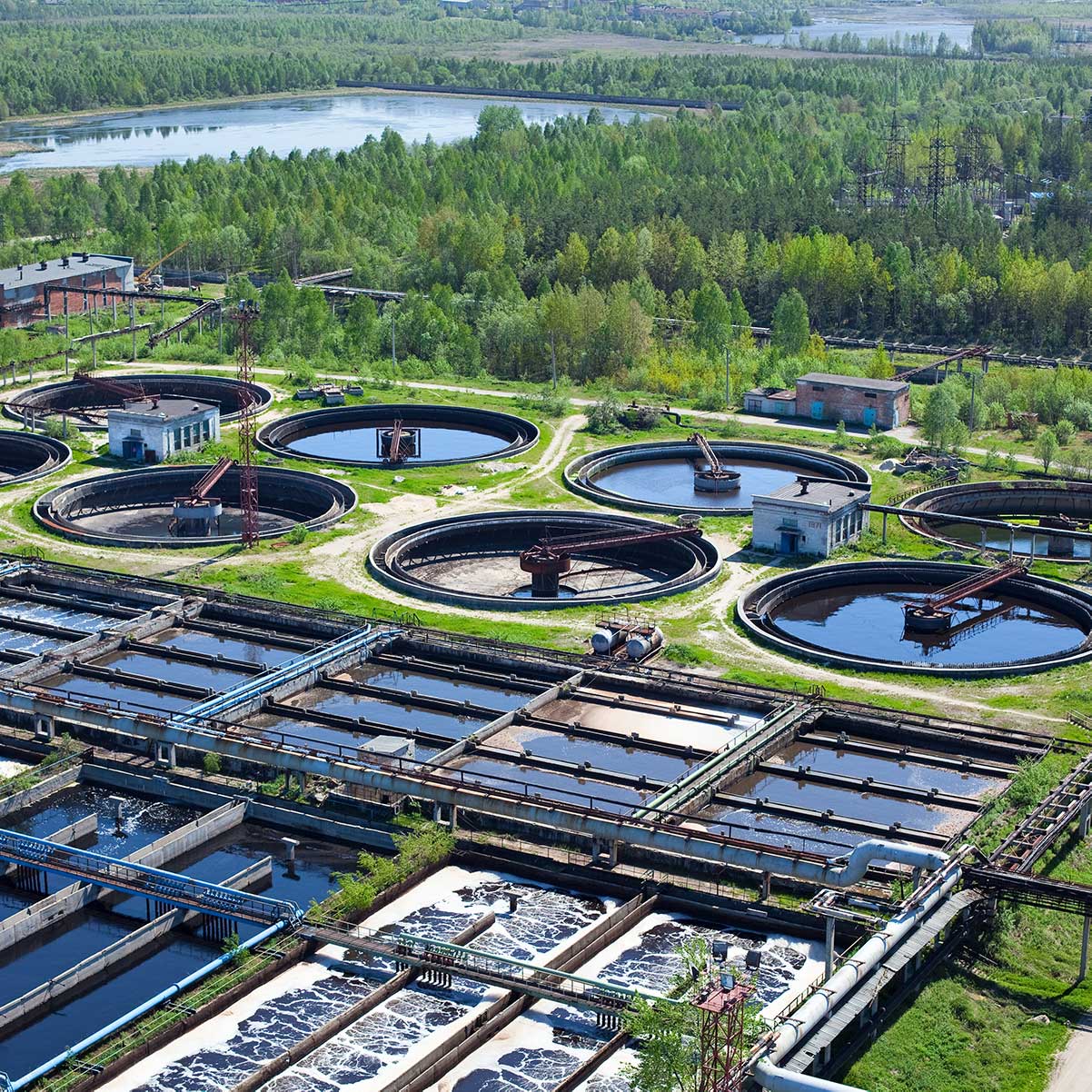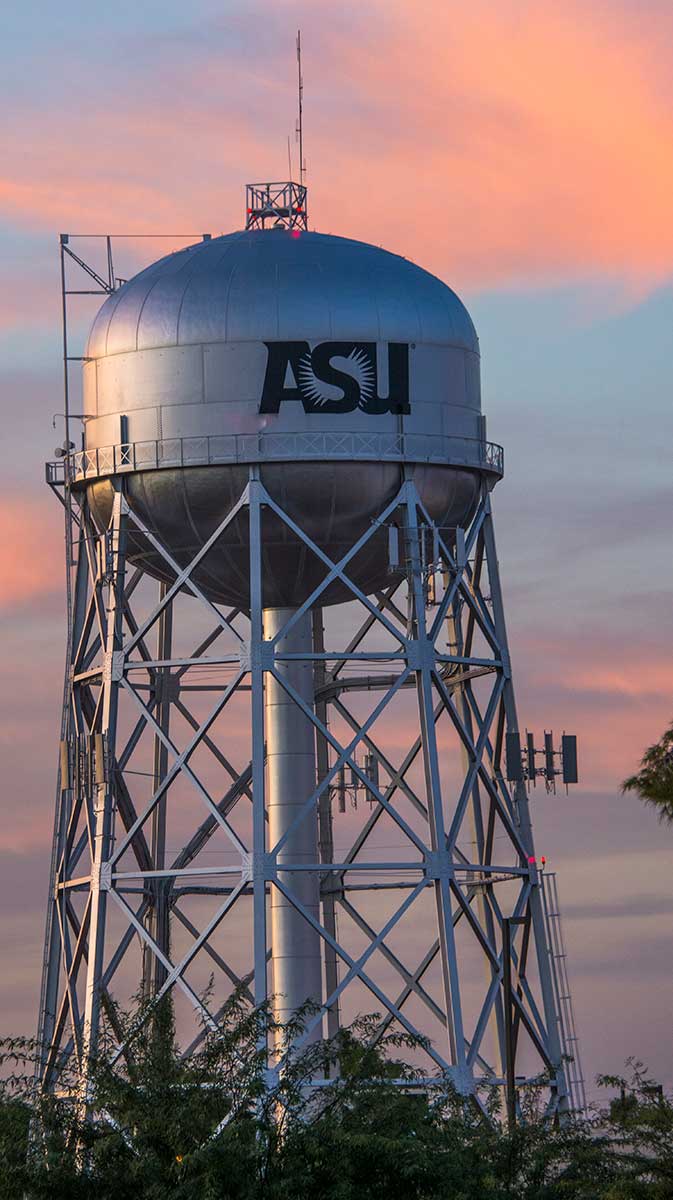News highlights
Convergence magazine > News highlights
As Phoenix Heats Up, the Night Comes Alive
Phoenix is one of the country’s hottest cities and it’s getting hotter due to climate change and the urban heat island effect. Ariane Middel is an urban climate researcher using the city as a living laboratory to explore how warming cities can adapt to the meteorological changes and reduce the impacts of the rising heat.
Also featured in Rolling Stone.
ASU scientists searching sewers for traces of COVID-19
What researchers find — or don’t find — in wastewater could be critical to the success of plans to ease restrictions on public activity in response to the coronavirus pandemic. Professor Rolf Halden, director of ASU’s Center for Environmental Health Engineering, is exploring the advantages and challenges of wastewater-based epidemiology and the value of monitoring wastewater to help trace disease and viruses like COVID-19.
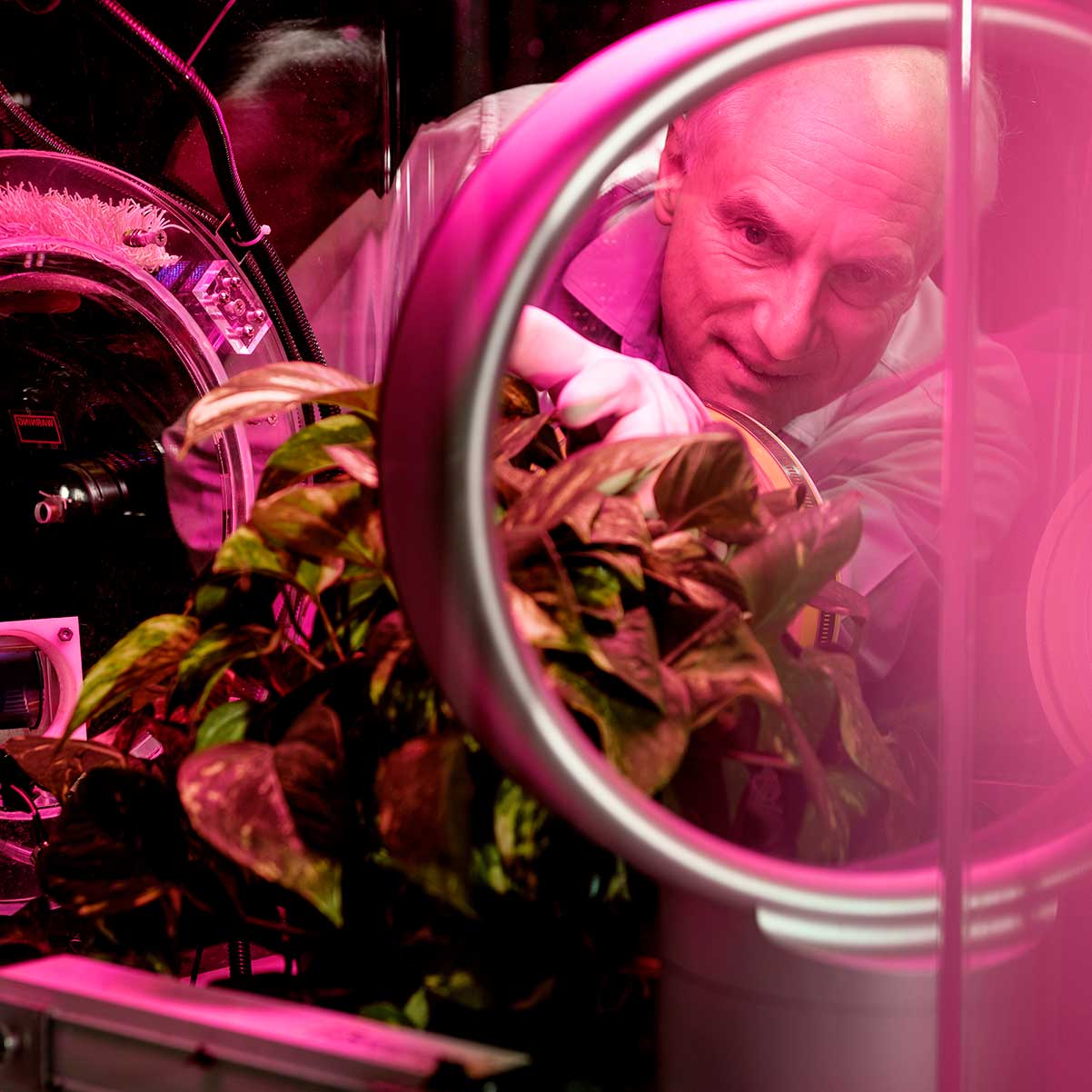 Sci-fi tech tackles climate change with fake trees
Sci-fi tech tackles climate change with fake trees
Klaus Lackner, director of the Center for Negative Carbon Emissions, has developed carbon-capturing artificial trees that remove carbon dioxide from the air. In the ongoing debate about the ramifications of using technology to help clear the atmosphere of carbon dioxide, Lackner’s system is seen as part of a number of proposed geoengineering solutions to alleviate climate change problems. But critics contend these technologies could make industries complacent about taking steps to reduce pumping carbon dioxide into the atmosphere.
Aira snags a last-minute, multi-shark deal
ABC, “Shark Tank”
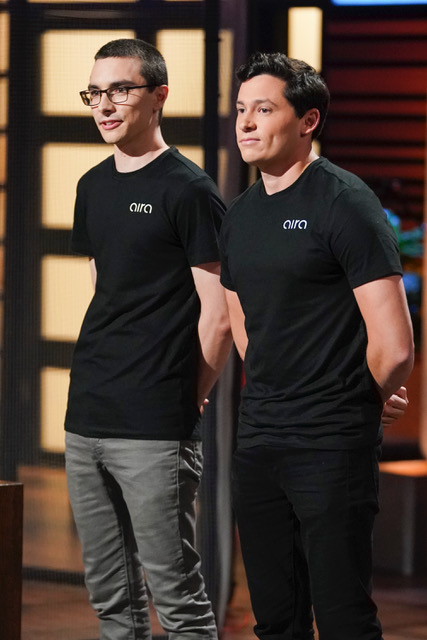
The Polytechnic School alumni Eric Goodchild and Jake Slatnick earned a deal for a big investment in their startup company, Aira, on the popular television program “Shark Tank.” Debuted at the 2020 Consumer Electronics Show, Aira’s FreePower technology powers a Qi-compatible wireless charging pad that can charge multiple electronic devices at the same no matter their position on the pad.
Also featured in Heavy and TechCrunch
Aira snags a last-minute, multi-shark deal
ABC, “Shark Tank”

The Polytechnic School alumni Eric Goodchild and Jake Slatnick earned a deal for a big investment in their startup company, Aira, on the popular television program “Shark Tank.” Debuted at the 2020 Consumer Electronics Show, Aira’s FreePower technology powers a Qi-compatible wireless charging pad that can charge multiple electronic devices at the same no matter their position on the pad.
Also featured in Heavy and TechCrunch
How innovation zone could be an East Valley game-changer
Business leaders are viewing the ASU Polytechnic Campus Innovation Zone project as a catalyst for solidifying Arizona’s stature as a hotspot for technology and engineering startups. The ASU Polytechnic Campus, more specifically The Polytechnic School, gives tech companies convenient access to faculty expertise and engineering students being trained for careers in fields such as aerospace, alternative energy, human-technology integration, robotics and digital manufacturing and more.
 How innovation zone could be an East Valley game-changer
How innovation zone could be an East Valley game-changer
Business leaders are viewing the ASU Polytechnic Campus Innovation Zone project as a catalyst for solidifying Arizona’s stature as a hotspot for technology and engineering startups. The ASU Polytechnic Campus, more specifically The Polytechnic School, gives tech companies convenient access to faculty expertise and engineering students being trained for careers in fields such as aerospace, alternative energy, human-technology integration, robotics and digital manufacturing and more.
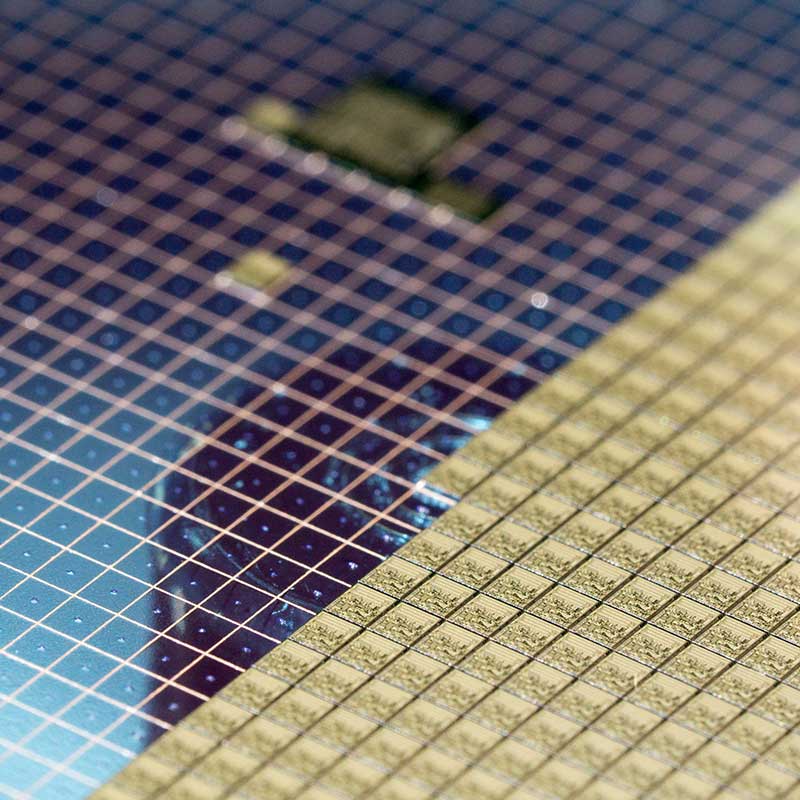 Taiwan chipmaker TSMC’s $12 billion Arizona factory could give the US an edge in manufacturing
Taiwan chipmaker TSMC’s $12 billion Arizona factory could give the US an edge in manufacturing
Taiwan Semiconductor Manufacturing Co., the world’s largest contract silicon chip manufacturer, has announced its plans to build a $12 billion advanced semiconductor factory in the greater Phoenix area, bringing more than 1,600 high-tech jobs to the state, bolstering Arizona’s manufacturing industry and providing new opportunities for Fulton Schools of Engineering graduates to contribute to the state’s growing high-tech workforce.
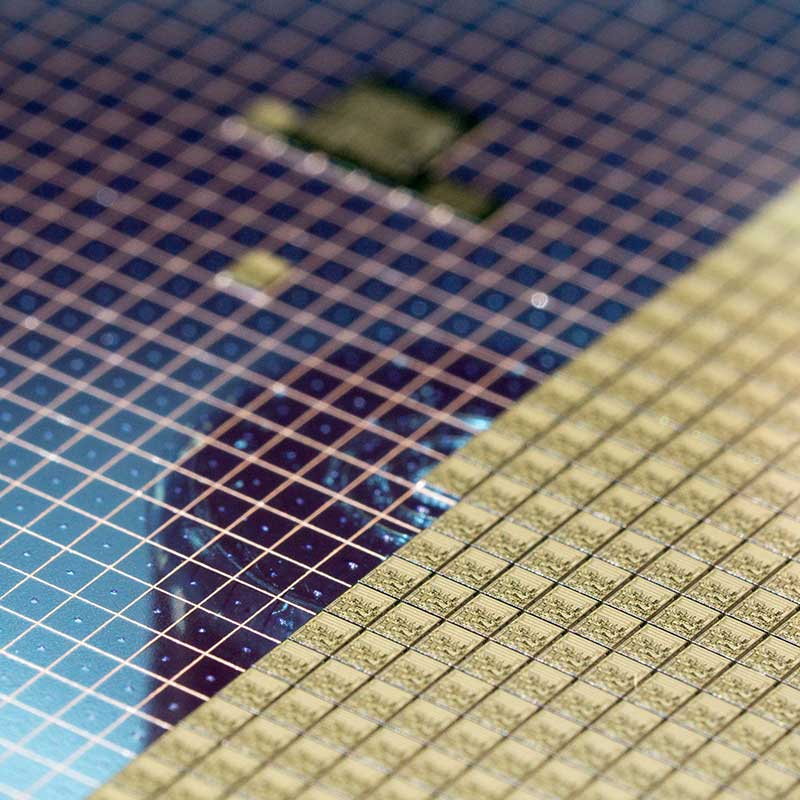 Taiwan chipmaker TSMC’s $12 billion Arizona factory could give the US an edge in manufacturing
Taiwan chipmaker TSMC’s $12 billion Arizona factory could give the US an edge in manufacturing
Taiwan Semiconductor Manufacturing Co., the world’s largest contract silicon chip manufacturer, has announced its plans to build a $12 billion advanced semiconductor factory in the greater Phoenix area, bringing more than 1,600 high-tech jobs to the state, bolstering Arizona’s manufacturing industry and providing new opportunities for Fulton Schools of Engineering graduates to contribute to the state’s growing high-tech workforce.
 Zoom expanding to Phoenix, hiring for hundreds of tech jobs
Zoom expanding to Phoenix, hiring for hundreds of tech jobs
The videoconferencing leader Zoom Video Communications is locating one of two new research and development centers in the greater Phoenix area, and plan to hire hundreds of software engineers over the next few years. Zoom CEO said the decision to expand into Arizona was influenced by an “incredibly well-educated, skilled and diverse talent pool” provided by the state’s universities. With 4,500 engineering graduates each year and high caliber faculty, the Fulton Schools continues to draw companies looking for innovators in technological fields.
How rattlesnakes collect water in the desert
“Beautiful nano-labyrinths” are the secret to rattlesnakes’ ability to quench their thirst in dry climates where water is scarce, says Konrad Rykaczewski, an associate professor of mechanical engineering. A team of biologists and engineers, including Rykaczewski, has discovered how the diamondback rattlesnakes in Arizona’s Sonoran Desert become “living rain buckets” by collecting water when rain or snow is falling. The water droplets stay pinned to the snakes’ skin and their scales form a network of tiny channels that capture it. It’s suspected that the snakes evolved the precipitation harvesting anatomical trait as a survival mechanism in response to the desert environment.
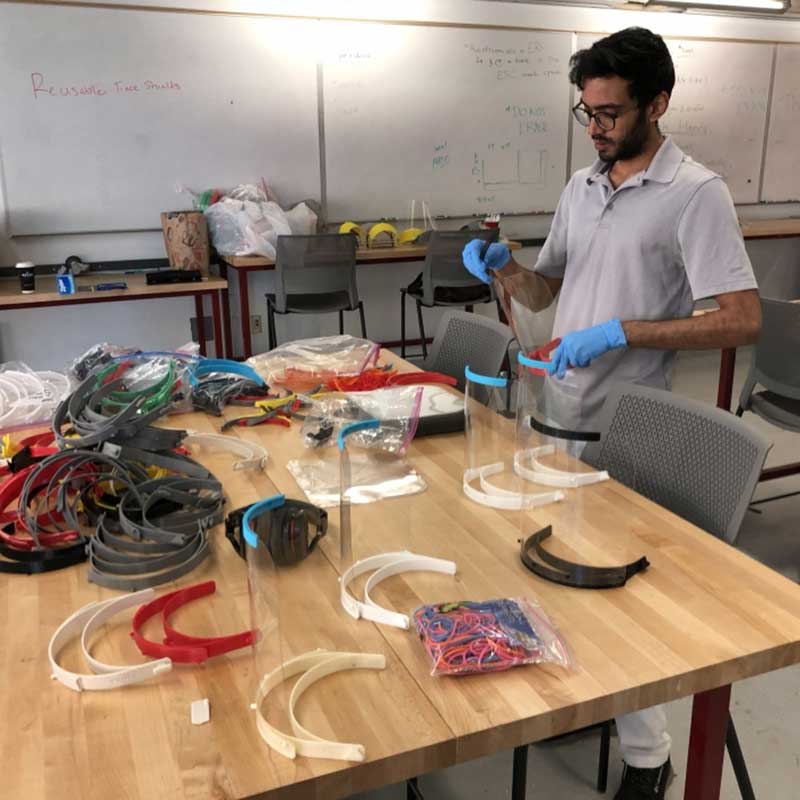
ASU Network Connects Health Care Providers To Volunteers Making Protective Gear
Fulton Schools students are among volunteers working with an online service provided by ASU’s Luminosity Lab to make personal protective equipment for health care providers. Through the PPE Response Network, providers can request face shields, medical gowns and nasal swabs. Using more than 150 3D printers, sewing kits and various other items, students are responding to the growing need for PPE brought on by the COVID-19 pandemic.
Hello From Arizona: Where Venture Dollars Are On The Rise
Arizona is quickly making a name for itself on the startup scene as new companies make their way into the state. With favorable tax credits, a comparatively low cost of living and access to an incredible depth of expertise and growing high-tech workforce coming from the Ira A. Fulton Schools of Engineering, the Valley is increasingly attractive to ventures looking for a home. Strong partnerships between the Fulton Schools, economic development partners, industry and state and local government put the Phoenix metro area on course to build a technology market that will soon compete with that of cities like Austin and Denver.


